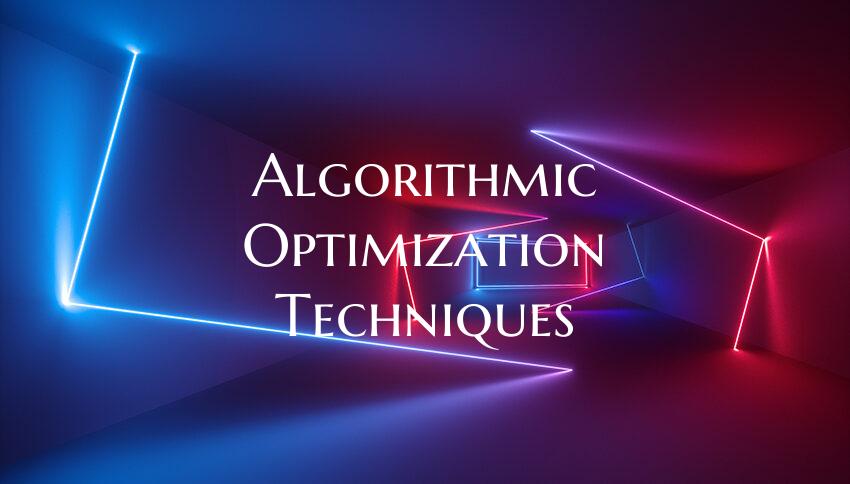Algorithmic Optimization Techniques
Introduction: Algorithmic optimization techniques play a crucial role in various fields, including computer science, engineering, finance, and more. These techniques focus on improving the efficiency and performance of algorithms to solve complex problems with speed and accuracy. By employing algorithmic optimization techniques, organizations and researchers can enhance their processes, reduce computational costs, and achieve better outcomes.
Key Concepts and Importance: 1. Understanding algorithms: Efficient algorithms are essential for solving intricate problems within a reasonable time frame. Algorithmic optimization techniques aim to fine-tune these algorithms to perform faster and better.
2. Performance improvement: Optimization techniques enhance algorithms to achieve better performance metrics such as speed, accuracy, and scalability. This leads to quicker results and increased productivity in various applications.
3. Resource utilization: By optimizing algorithms, it is possible to utilize available resources efficiently, resulting in lower operational costs and improved resource management.
4. Complexity reduction: Optimization techniques help in simplifying complex algorithms, making them easier to understand, maintain, and implement.
Popular Optimization Techniques: 1. Greedy algorithms: Greedy techniques make decisions that seem best at the current moment with the hope of finding the optimum solution. These algorithms are suitable for solving a wide range of problems efficiently.
2. Dynamic programming: Dynamic programming breaks down complex problems into simpler subproblems and solves each subproblem just once. This technique is widely used in optimization problems where overlapping subproblems exist.
3. Genetic algorithms: Genetic algorithms are inspired by the process of natural selection and evolution. They mimic the process of natural selection to find optimal solutions to complex problems.
4. Simulated annealing: Simulated annealing is a probabilistic technique used for finding approximate solutions to optimization problems. It is especially useful for problems where traditional techniques may get stuck in local optima.
Applications: Algorithmic optimization techniques find applications in numerous domains, including: - Network routing and scheduling - Data compression and encryption - Image processing and computer vision - Financial modeling and trading strategies - Game development and artificial intelligence
Conclusion: Algorithmic optimization techniques are fundamental tools for enhancing the performance and efficiency of algorithms in various fields. By employing these techniques, organizations and researchers can overcome complex challenges, improve decision-making processes, and achieve better outcomes in their respective domains. Continuous research and development in algorithmic optimization play a vital role in advancing technology and driving innovation across industries.

